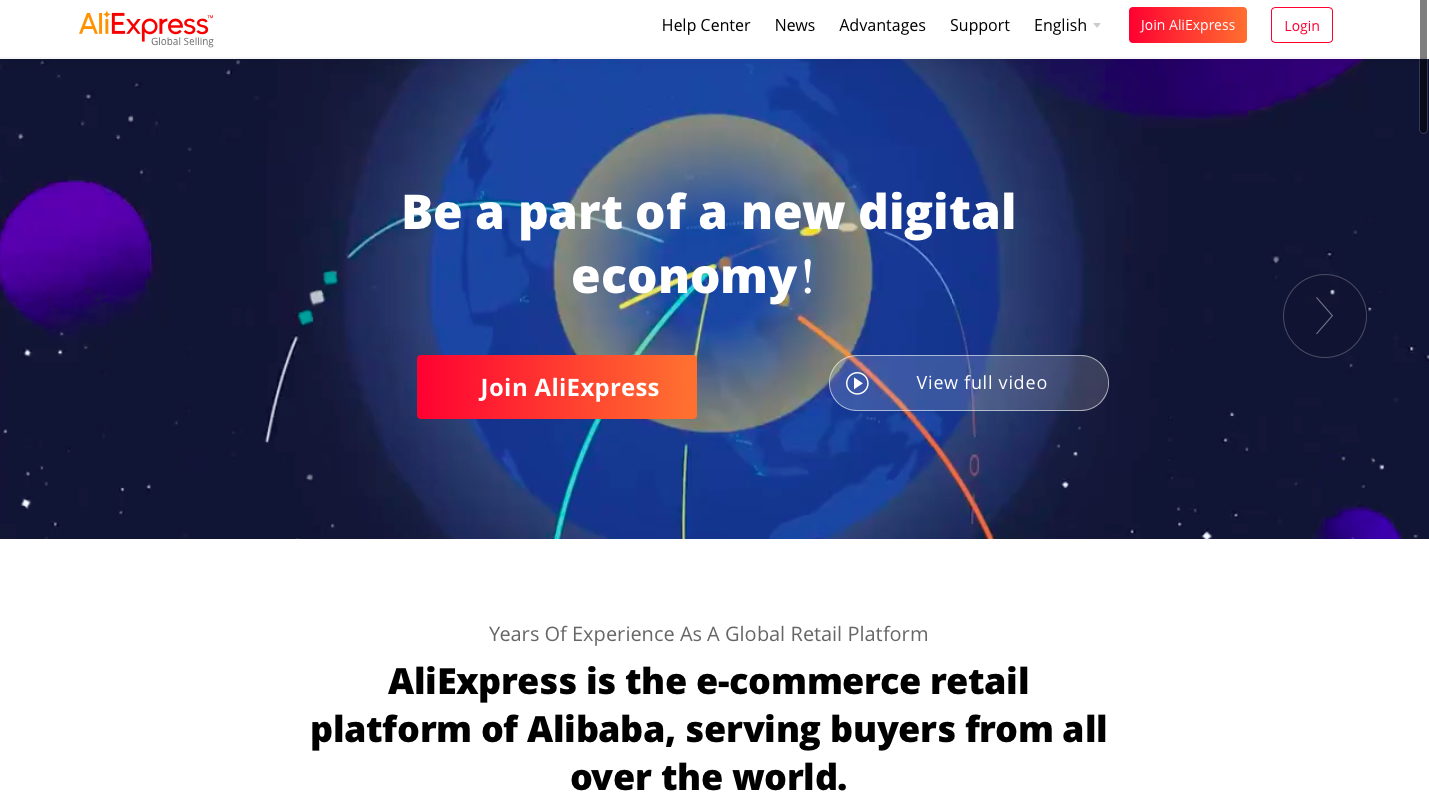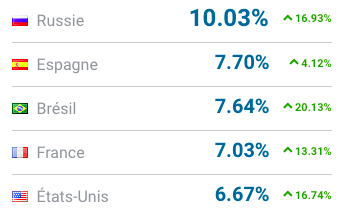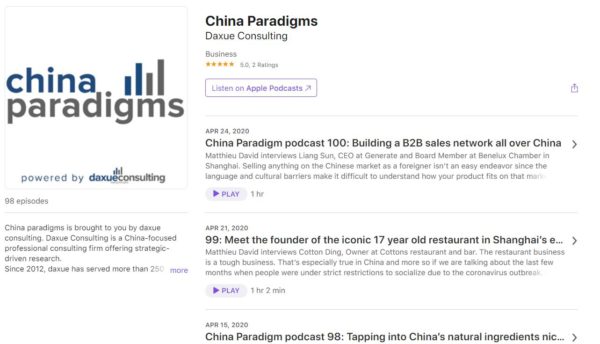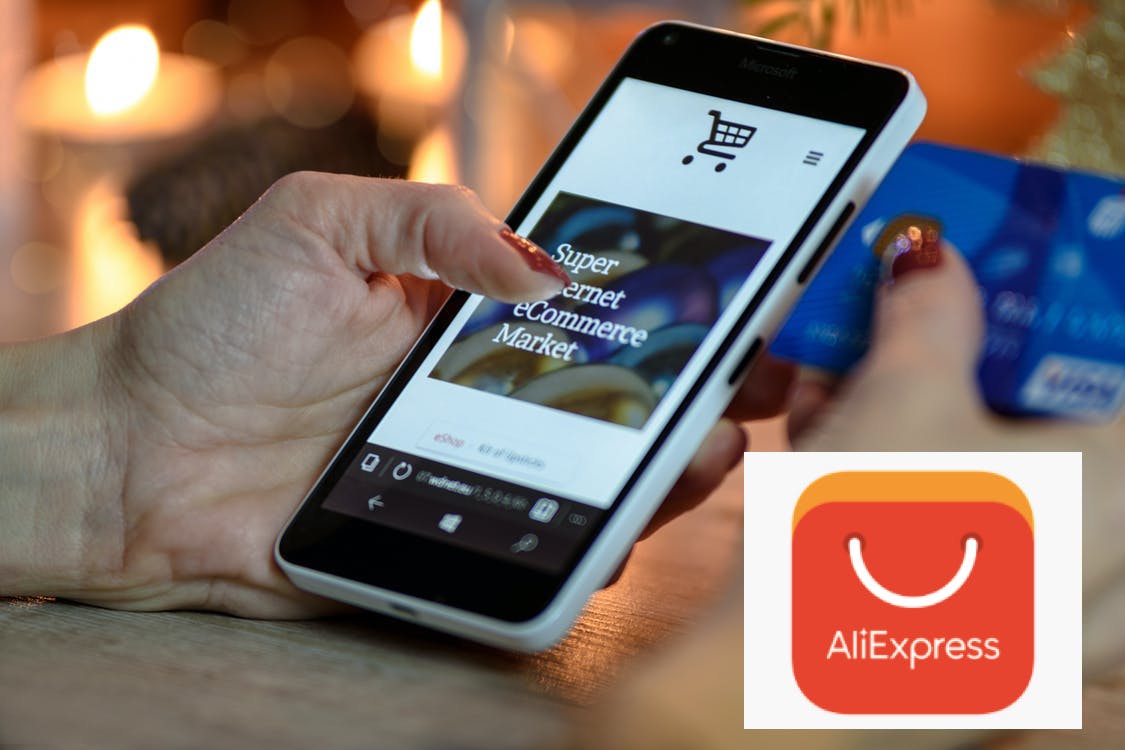This guide on how to sell on AliExpress is a part of our 7 Continents initiative to help Chinese companies with their global market strategies. Learn more about our global market research and strategy consulting services here.
AliExpress or Aliexpress.com is an online retail service based in China, owned by Alibaba Group founded by Jack Ma. Alibaba Group includes Taobao (淘宝) a consumer-to-consumer e-commerce platform, Tmall, a business to consumer e-commerce platform, eTao a shopping search engine, and Alipay, the Chinese digital payment app. Different from the aforementioned platforms, AliExpress’s target consumer base is not Chinese people, but people all around the world. In other words, Chinese brands can sell on AliExpress to reach consumers outside of China, opening their consumer base to the rest of the world.
The platform comprises of small businesses mostly based in China that offer products to international online buyers. Selling on AliExpress allows stores to gain direct contact with consumers rather than going through intermediaries. Consumers can judge the different products and resellers with other consumer’s feedback.
Alibaba’s international platform focuses on business-to-business, while AliExpress sells directly to customers. AliExpress is often compared to eBay because sellers are independent and can use the platform to sell, it is also compared to Amazon, but the difference with Amazon is that the AliExpress platform acts only as an e-commerce platform and doesn’t sell products directly to the consumers.
How does AliExpress help Chinese brands reach western consumers?
The success of AliExpress can be attributed to a highly interesting value proposition which is to connect people to vendors, allowing them tobuy directly and pay less.
AliExpress helps Chinese brands not only reach many global customers, but also by creates tools that help brands sell more effectively. Most of the sellers are manufacturers and don’t build their brands. That is why there are internal marketing tools such as platform campaigns, store promotions to allow them to connect with their potential target audience. There are also external marketing tools, data analysis, and brand awareness to help sellers come up with broad strategies.
How to sell on AliExpress
Sellers on AliExpress can be companies or individuals. These are the steps to setting up a store on AliExpress

Source: AliExpress, seller page to join AliExpress
- Go to AliExpress.com for the seller registration page, enter the tax country, email address, make a password and agree to the membership agreement.
- Open the email and input the verification code on the registration page.
- Next is the Business Information page, input the company legal form, company registered name (it can be changed only one time after), the company registered address, and the VAT registration number, and upload a VAT registration certificate.
- After that, the application is under review and it takes 2-3 business days to get an answer.
- When it is approved, create the product list, input the type of product and select the online shop needed for the business
- Apply for the business brand and trademark degree service.
- Then comes the repayment page. AliExpress only charges a commission fee on actual store transactions, it can be between 5% to 8% depending on items and categories.
- Optional: On the shop administration page, it is possible to brand the store.
- Choose the user interface layout of the store, decide on the look and feel, upload a high-end image and user-friendly description.
Why sell on AliExpress.com
AliExpress’s international success
AliExpress is one of the top 50 most visited sites in the world, and consistently ranks top for shopping.

Source: French Google Play Store, top 5 most popular mobile apps for shopping
The prices of products on AliExpress are similar to to that of Taobao, which is sold to the Chinese local market. As a result, price, including low product price and free shopping is the main driver of the success of AliExpress. Quality of products is considered acceptable considering the price; however product quality and long shipping are the most common complaints on the platform.
By buying directly from China, consumers avoid the VAT and fees charged by wholesalers and importers, it makes the price decrease and attracts more consumers.
One of the biggest reasons AliExpress is so successful in the West is because of dropshipping, the marketplace gains a lot of visibility, as the leading supplier of dropshipping. It became a profitable and popular business model for people who want to make money online as the seller doesn’t need to have a stock, they can call the supplier to ship the item on their behalf. Thus, it makes the competition harsher. When Chinese manufacturers put everything in the price, dropshippers can focuser more on marketing strategy.
AliExpress’ target audience
Most consumers are from Russia, Spain, Brazil, France, and the US, but AliExpress is available in over 190 countries and has nearly 150 million active users, with over 20 million daily visitors. There are 18 languages available on the platform and the rest of the world has the platform in English. It supports 38 local payment channels and enables payment in local currency in 51 countries.
According to Alibaba Group’s statistics, in 2019 60% of AliExpress users were under 35 years old.

Source: Simiarweb.com; Top 5 countries with the most traffic to aliexpress.com on computer
The target audience are “bargain hunters” who use the retail store as a showroom and then buy online, they also don’t care too much about branding and delivery time. AliExpress is targeting the young consumers, with video influencers and social media, “shoppertainment” a novel way to increase consumption online. Consumers are attracted to digital content and online interactions while sellers notice an increase in sales while maintaining a link with their customers. The company launched AliExpress connect, a platform for brand promotion by influencers, through social media videos (Tik Tok, Instagram, YouTube….).
According to Thomas Nixon, co-founder of Qumin, a digital creative agency; “[AliExpress] is providing to the young Generation Z in the West. They have not grown up necessarily seeing China as a backward country. It has been a strong superpower. Therefore, they don’t have the same preconceptions about Chinese products, and certainly, from a price perspective, that’s very important to you when you’re young.”
AliExpress delivery service
There are a few considerations regarding logistics when selling on AliExpress. Here some important things:
- As a seller, it is your responsibility to package and print shipping labels
- You can use your own logistics partner
- Pack your item yourself and give them to the carrier of your choice for delivery
- It will allow you to customize the shipping costs, you can decide in your shipping model to restrict the countries in which you sell and choose different fees depending on which countries you sell.
AliExpress’s mobile experience strategy
When it was first launched in 2010, most of the e-commerce marketplace was designed for larger screens, but AliExpress recreated the complete shopping experience for smartphones. AliExpress focuses on mobile experience by collecting and analyzing mobile insights, it can design a better experience for both buyers and sellers. “Smarter shopping, better living!” is the motto of AliExpress. For small businesses in China, having access to a global and mobile-friendly marketplace is encouraging brand growth in ways they couldn’t imagine before AliExpress.
AliExpress’s offline store
A physical store in Madrid, Spain, opened in August 2019, named AliExpress Plaza. The store is over 740 m², offers more than 60 brands and 1,000 products with as partners, Xiaomi, Huawei, or Apple. This store is a pilot site before a possible expansion in other shopping centers across Europe, while competitors are betting all on online sales.

Source: Ugeek.fr; First day of opening for AliExpress physical store in Madrid
The negatives to selling on AliExpress
- The marketplace can apply account suspensions of 7-30 days or indefinitely for various infractions.
- Some products have a poor reputation and are considered not reliable, such as products for babies, cosmetics, or perfume. This impacts the reputation of the platform as a whole, as many users post these reviews on the platform site rather than the individual store.
- It issues monthly invoices and there’s no automatic, instant invoice generation.
- The European Commission will strengthen its system for checking parcels from third countries of the EU, especially products shipped from China, which are regularly exempted from tax. The impact expected to raise prices for goods from China by 20-30% will unsurprisingly, make the end-consumer bear the cost of this new measure and could also have a significant impact on future online purchases.
What Chinese brands need to know about selling on AliExpress
- AliExpress marketplace connects consumers directly to Chinese brands and distributors.
- Sellers have access to a vast market around the world, but not only, but they also have internal and external tools to help them in their strategies.
- AliExpress mobile platform is easier to use for both sellers and consumers, feedback from buyers and sellers leads to a better platform.
- The marketplace will help with marketing, visibility, etc. to attract western consumers, but sellers need to pay attention to what customers expect depending on the regions, what works in China doesn’t necessarily work in the West.
- Dropshipping makes the competition harsher for manufacturers in China who sell at a small price, and new measures on tax in the US and Europe will have an impact.
How Daxue Consulting can help you with your global market strategy
Daxue Consulting’s research-first approach to global market entry will help you make the right choices in technology, regulation, business model, distribution, and more. To learn more about our global expansion consulting for Chinese brands, contact our consultants at dx@daxueconsulting.com.
Learn something new? Stay updated on the Chinese market by following our WeChat, scan the QR code below, or subscribe to our newsletter

Learn the strategies of rising Chinese beauty brands
Listen to over 100 China entrepreneur stories on China Paradigms, the China business podcast
Listen to China Paradigm on Apple Podcast






